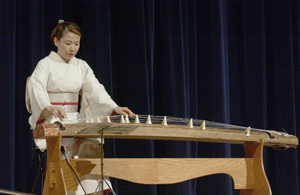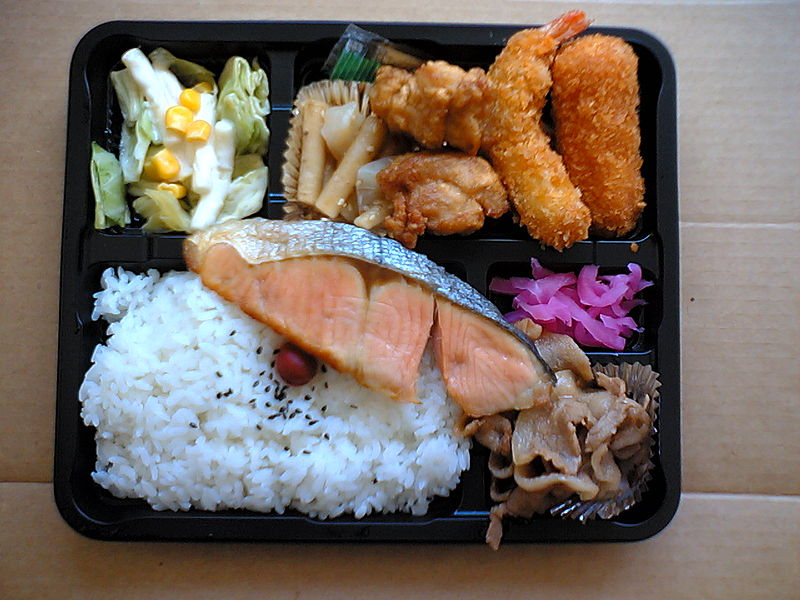About my time in Japan, here is a quick summary/recap.
I went in 2004 to 2005 to Niigata City, Niigata Prefecture, Japan (日本新潟県新潟市). I went with the Rotary International Youth Exchange Program. During my time there I lived with 4 different host families (all with children but not all or any children were necessarily living with them at the time) - the Watabe's, the Kinoshita's, the Miyakawa's (I think? ;_;) and the Satou's. I had very different experiences at each one of them but all provided a unique look on the culture of Japanese family life and customs/traditions! I also attended Tokyo Gakkan Niigata High School (private) and my home-room teacher was Mrs. Sakaue. Mrs. Sakaue (or Sakaue-sensei) was the English teacher, she was extremely helpful and kind to me and I miss her and wish I could meet my old friends/host families etc again when I do return to Japan.
PROOF!
Osaka Castle, Osaka, Japan (2005?)When I was living in Japan I made numerous friends that I miss very much and would love to hang out with again someday!
Also, during my time as a student at Tokyo Gakkan Niigata H.S. I joined the 筝曲部(そうきょくぶ) "soukyoku-bu" or the Koto club.The Koto is a 13-stringed instrument much like a harp, but on the floor, so it's commonly known as a "floor harp."
A nice Japanese lady (Masayo Ishigure) wearing a Kimono and playing the Koto.
From Wikipedia.
Now, as I'm sure some readers are aware that in Japanese middle schools and above uniforms 制服(せいふく)"seifuku" are required. I, myself, being a high school girl 女子高生(じょしこうせい)"joshi-kousei" I also had to wear a uniform. Pictured below are the current uniforms worn by Tokyo Gakkan students (my version was the year before they upgraded to more...conservative attire).
Aren't they cute?
In Japanese schools it's the teachers who change classrooms 90% of the time. The exceptions were art, shodo (calligraphy), gym and home economics. Gakkan also didn't have a cafeteria, like most high schools, so our parents (my host parents) made a bentou lunch for us every day!
A deluxe bentou.
More about bentou at Wikipedia.




No comments:
Post a Comment